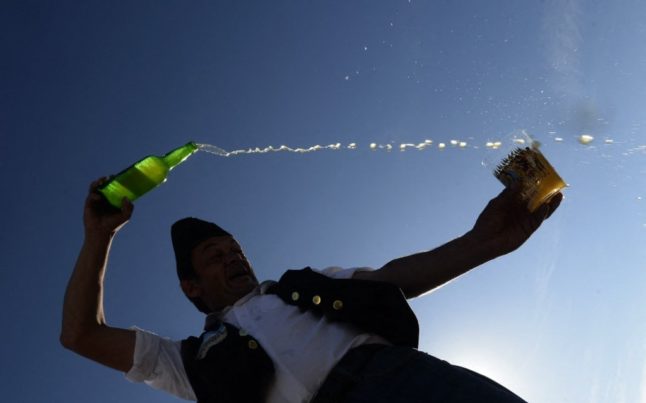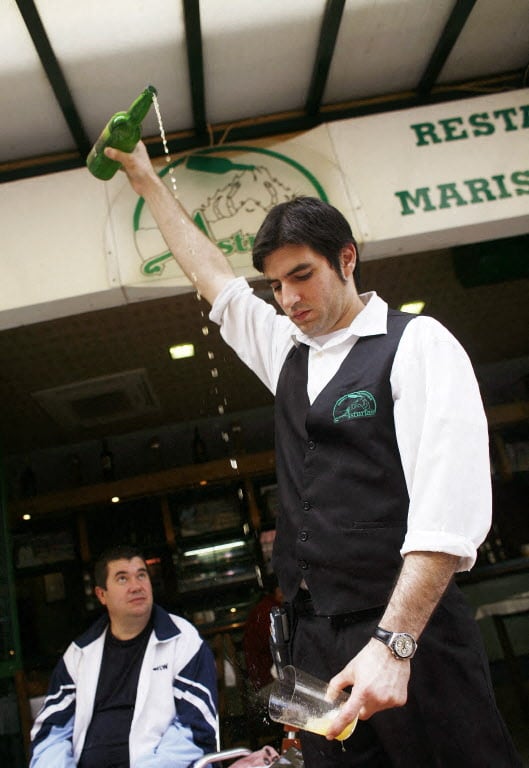A new Royal Decree announced on Tuesday will regulate the packaging of olive oil in hotels and restaurants to prevent re-use of the highly-valued product.
The initiative goes directly against the European Commission's recent decision to reject similar draft regulations presented by Spain after vetoes from a so-called Nordic bloc including Germany and Finland.
The condiment controversy could anger restaurateurs who will be forced to provide customers with oil that is labelled with its origin, quality, date of manufacture and best-before date in a single-use, non-resealable bottle or sachet.
Take a look at The Local's list of Spain's top ten weirdest foods.
But regulators hope that move will prevent the practice of re-filling branded bottles with cheaper oil, according to Spanish daily ABC.
Agriculture Minister Arias Cañete stressed that olive oil in Spain is "a strategic sector in a geographic area where the culture of olive oil is the foundation of the Mediterranean diet".
He added ministry was dedicated to promoting the "yellow gold" which was of great value to "Brand Spain".
Food industry representatives expressed satisfaction with the new announcement.
The Agro-Food Cooperatives of Spain said in a statement that oil labelling rules are very strict and should not be abandoned at the final step of the sales process.
"The current practice of refilling alters the sensory characteristics of the product, creating a bad appearance and unpleasant odour," they said.
But Emilio Gallego, secretary general of Spain's Federation of Hospitality, sounded a sour note.
He said "the economic impact will be very high because of the high cost of bottling and packaging".
"It will hit hoteliers in the pocket."
National consumer organization OCU has reported nine Spanish companies for trying to "cheat" consumers by selling lower-quality and cheaper 'virgin' olive oil as 'extra virgin'.
They have supported the government's initiative and said that the prevention of re-usable packaging would "prevent fraud."





 Please whitelist us to continue reading.
Please whitelist us to continue reading.
Member comments